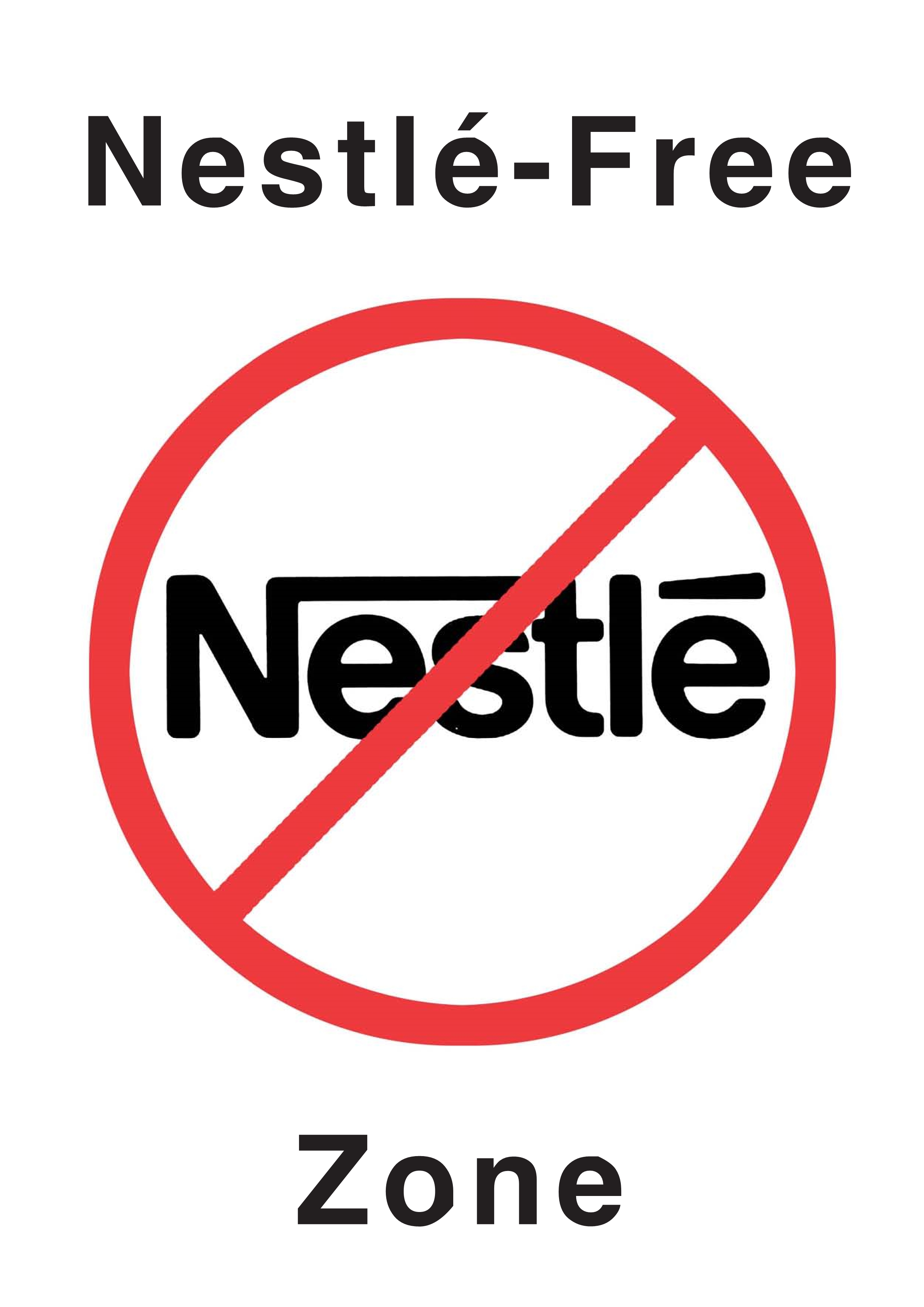International Breastfeeding Journal
Maternity leave is an important driver of a woman’s ability to breastfeed, but this association may have changed during the COVID pandemic, which introduced new employment dynamics and breastfeeding challenges...
Despite efforts to promote mother‒newborn skin‒to‒skin contact (SSC) following delivery, this is seldom practiced. World Health Organization (WHO) recommends SSC at least one hour following birth. This trial d...
Milk banks in Australia rely on the generosity of voluntary donors, enabling them to provide pasteurised donor human milk to vulnerable infants in hospitals. The aim of this study was to explore the experience...
When mother’s own milk (MOM) is insufficient, feeding very preterm infants with donor human milk (DHM) reduces the incidence of multiple severe complications and provides greater benefits than infant formula. ...
Although breastfeeding history is recognized as a potential protective factor against all-cause and cardiovascular disease (CVD) mortality in women, its impact on these outcomes remains underexplored, particul...
Human milk feeding is crucial for the survival and development of preterm infants, yet their human milk feeding rates at Neonatal Intensive Care Units (NICUs) discharge remain lower than those of healthy newbo...
Lactation mastitis is a common postpartum disease. Flucloxacillin is frequently used for treatment, but its efficacy is limited in some cases, potentially causing adverse outcomes such as premature cessation o...
Holder pasteurization (HoP; 62.5 °C, 30 min) is the method used most frequently in human milk banks to reduce the risk of infection transmission through donor human milk (DHM), but it has the disadvantage of p...
Antenatal colostrum expression refers to the practice of hand-expressing and storing breast milk during the final weeks of pregnancy, usually beginning around 36 weeks of gestation. Initially introduced to pro...
To systematically evaluate the clinical effectiveness of lingual frenectomy in children under five years of age, specifically regarding its impact on breastfeeding difficulties.
Autism spectrum condition (ASC) is a neurodevelopmental disorder characterized by persistent difficulties in social communication and repetitive behaviors. Emerging evidence suggests that early nutrition, part...
Breastfeeding supports infant health, yet medicine use during this period is often influenced by limited safety data, cultural beliefs, and weak regulatory guidance. This study highlights how these factors, al...
The intersection of exclusive breastfeeding (EBF) and Human Immunodeficiency Virus (HIV) presents unique challenges for maternal and infant health, particularly in settings where safe feeding alternatives are ...
Early breastfeeding initiation is a critical practice for improving neonatal health outcomes, yet little is known about its inequalities. This study examines trends and inequalities in early breastfeeding init...
Human milk dynamically adapts its composition of immunoglobulins (Igs), cytokines, and other proteins as lactation progresses, influencing the infant’s immune development and protection. Understanding how mate...
Extrauterine growth restriction (EUGR), prevalent and severe in very preterm infants (< 32 weeks’ gestation), means discharge growth values (weight, head circumference, or length) are ≤ 10th percentile on the ...
Despite extensive global research on mothers’ intentions regarding human milk banking (HMB), its acceptability remains underexplored in non-Western contexts, particularly in Muslim-majority countries. This stu...
Elevated human milk sodium (Na+) levels and Na+ to potassium (K+) ratios are commonly used in research to define breast inflammation in lactating mothers. Portable Na+ and K+ ion selective electrode probes (IS...
Breastfeeding is essential for ensuring the health and survival of children, particularly in regions where diarrhoea, pneumonia and malnutrition are common causes of child mortality. In sub-Saharan Africa, ove...
This study explored the correlation between breast milk intake and sucking time during a single breastfeeding session, and analyzed additional factors influencing infant milk intake.
Most Recent Articles: International Breastfeeding Journal
SubscribeFeliratkozás a következőre: International Breastfeeding Journal hírcsatorna

